Telephones are older than vacuum tubes and of course transistors. How was signal amplification done?
I mean the technology, not the details.
EDIT
Some additional informations that I should have given at the beginning :
- The question is restricted to telephony
- I'm not interested in experimental equipments Say for example that the equipment should have been done in quantity more than 30 pieces, or better that it has been a commercial product.
- I'm not only interested in purely electric solutions : it can be mechanical, hydraulic ... (but without human repeaters !)
- impedance adaptations (acoustic or electric ...) are not considered here as amplification.
SUMMARY OF THE ANSWERS
There wasn't any amplification between the microphone and the headphone, even for a 1200km transmission, but yelling was necessary at one side, and absolute silence at the other side (see WhatRoughBeast answer)
the carbon microphone itself is an amplifier. The general definition of an amplifier is not always very easy (see Ali Chen answer, and BillF second answer, if you can follow), but it suffices to say that an electrodynamic speaker coupled to a carbon microphone is an electrical amplifier (see next-hack answer and BillF first anwer). I add that the other kinds of microphones are attenuators (hence the question)
the best telephonic lines have a loss of only 0.04dB/km at audio frequency. (compare with 10dB/km at 300kHz for our telephonic lines)
The loudest sound that a human can stand is more than 80dB above the lowest he/she can ear. (RussellBorogove comment). It is possible that the sound inside the horn (see peufeu answer) is even louder than what a human can stand.
Thanks for the contributions.


